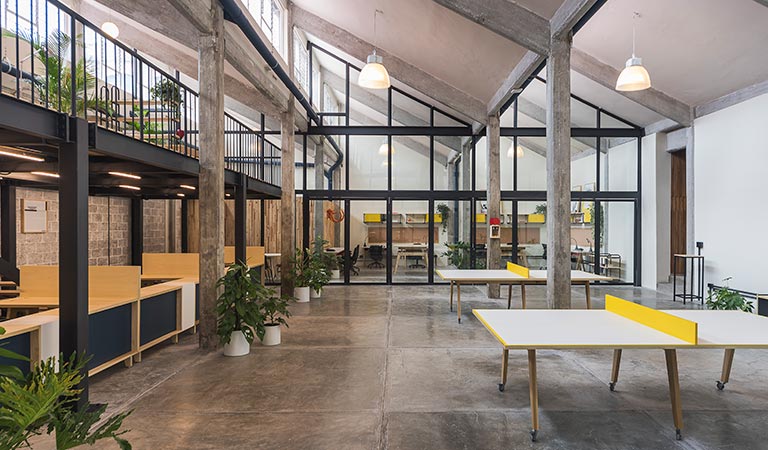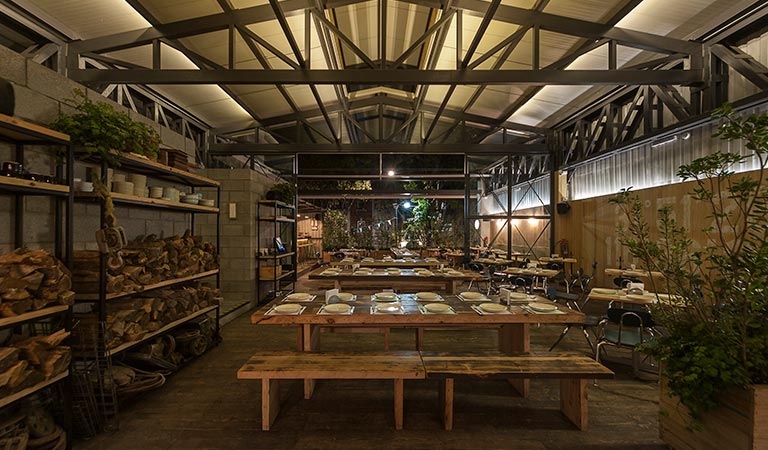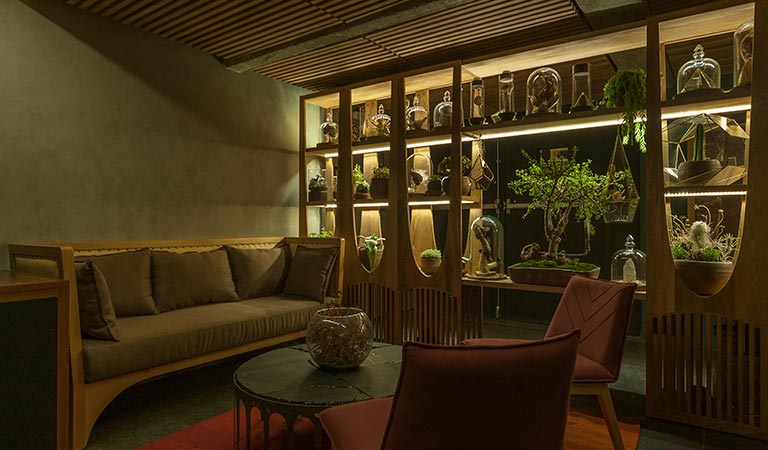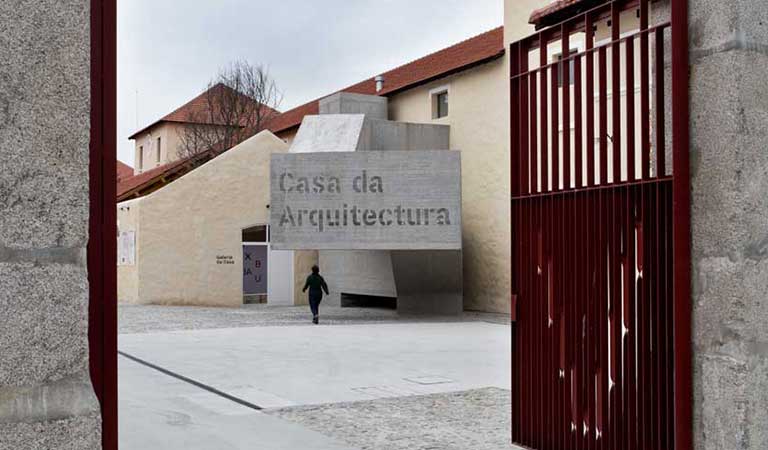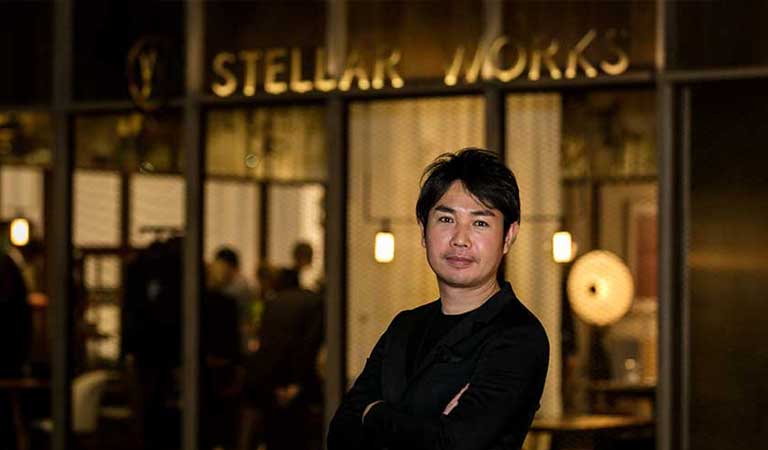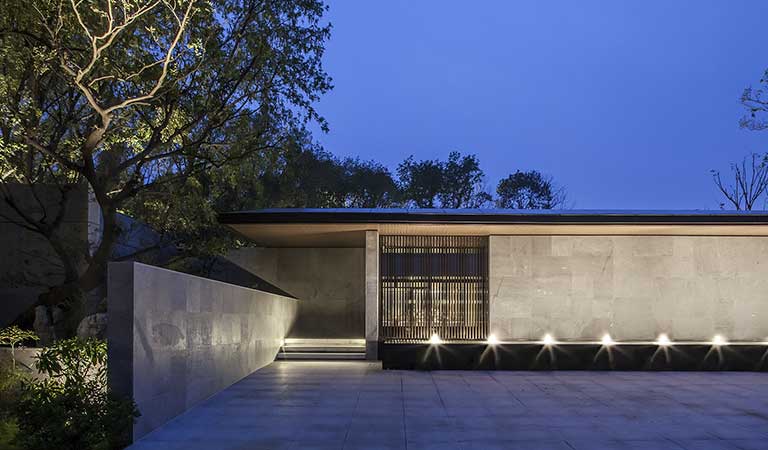PROFILE
Estudio Atemporal
— Interview with the architect Paul Curuchet —
Architect Paul Curuchet shared with us a special insight on Estudio Atemporal, their work, approach and their very particular path, searching and creating opportunities to develop architecture.
From a group of friends in college setting trends and taking dj’s to Mexico city, to an entertainment group where architecture takes many forms and establishes a set of references for a generation, trying to adapt and evolve in a fast pace changing world.
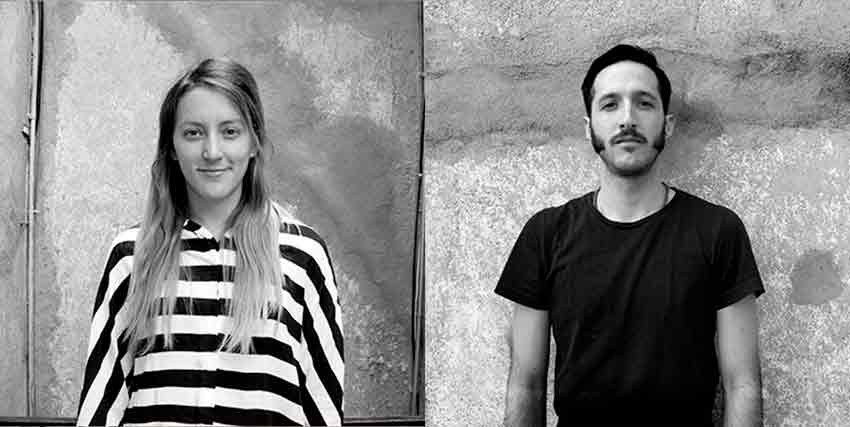
Luciana De la Garza & Paul Curuchet
— Office —
I started (studying) architecture then on the side I founded a group of companies, that actually started with a small store on which we would sell clothing and bicycles and all of that stuff. I was 20 years old and did this with a couple of friends. This started growing and we started focusing on entertainment, focused on young and juvenile audiences, and we started doing parties and bringing concerts and dj’s to Mexico city. We started to consolidate the musical and trend scene in Mexico. What happened is that this has grown a lot, now we are a group of companies that are still focused on a young audience.
I did a lot of production for concerts and shows for a long time as we were growing, and then on the side I started doing a couple of “interiorism" exercises, I wouldn’t even call it architecture. And then as we started growing as a group, we started to need like an office or someone to take care of the places we were willing to open.
And so I started on my own, I invited Luciana to work with me, just half time, and that was six years ago. As we started to grow a little bit and getting more experienced we started to offer our services to other persons.
We’ve been specialized a lot over this six years on commercial projects. After specializing on this a couple of years ago we started working on diversification, to be able to start doing other architectural typologies, as for example residential. Now we are doing a couple of houses on the beach and on other places throughout the city.
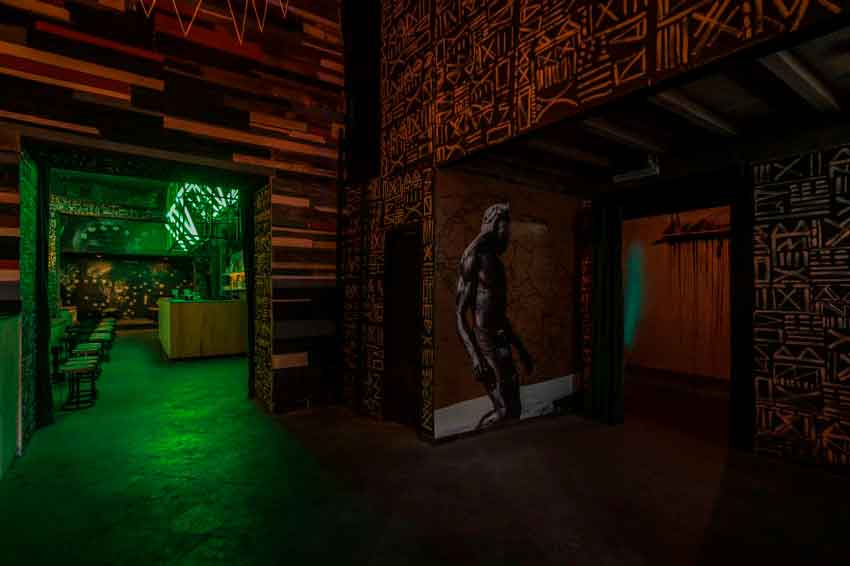
Rhodesia Histórico @ LGM Studio
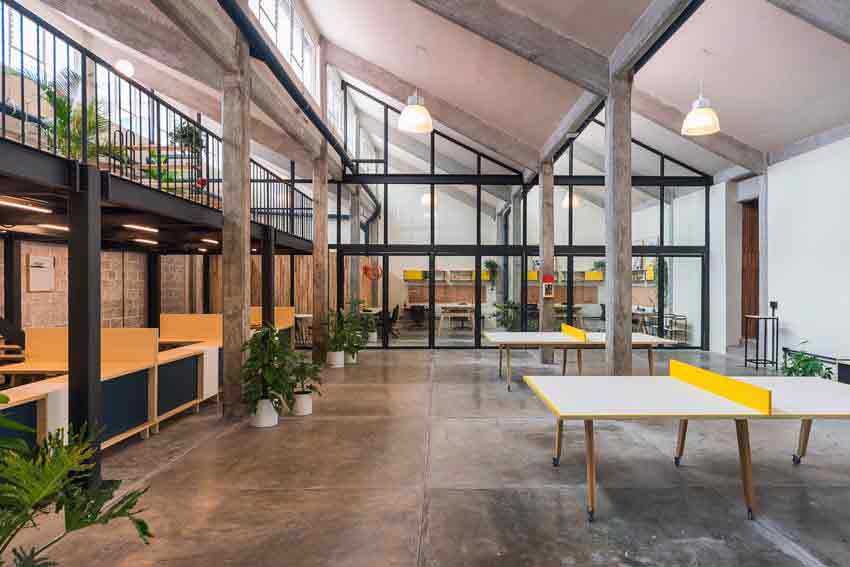
Oficinas Guateque @ LGM Studio
Next year we’re dividing the architectural office, because there is one thing that is very important in our process, is that we love to do the construction works. So we do the projects from the scratch, from conceptualization, from the designing to delivering to the costumer ready to operate or inhabit. And in this process we are very interested in the fact of being able to be involved in the construction process, because it’s there that you can experiment new material techniques and other stuff.
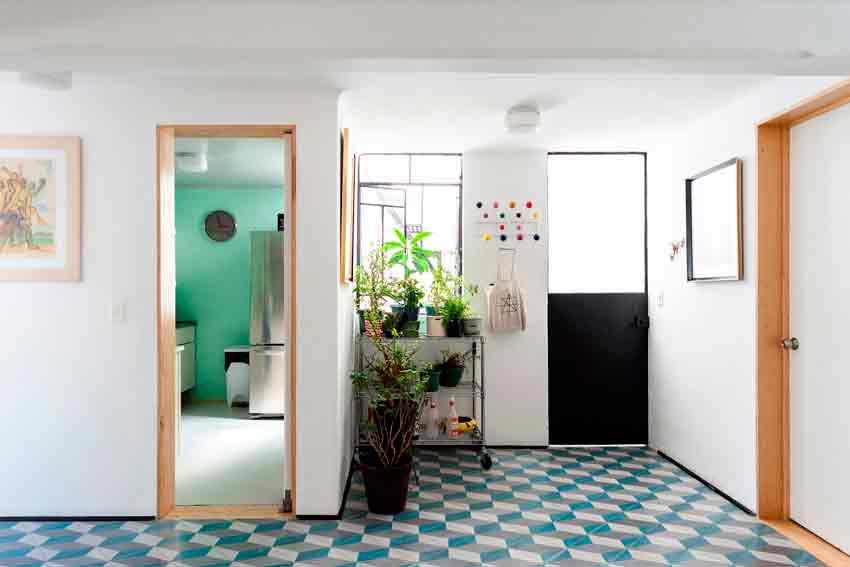
Casa Habitación en Milton 30 @ LGM Studio
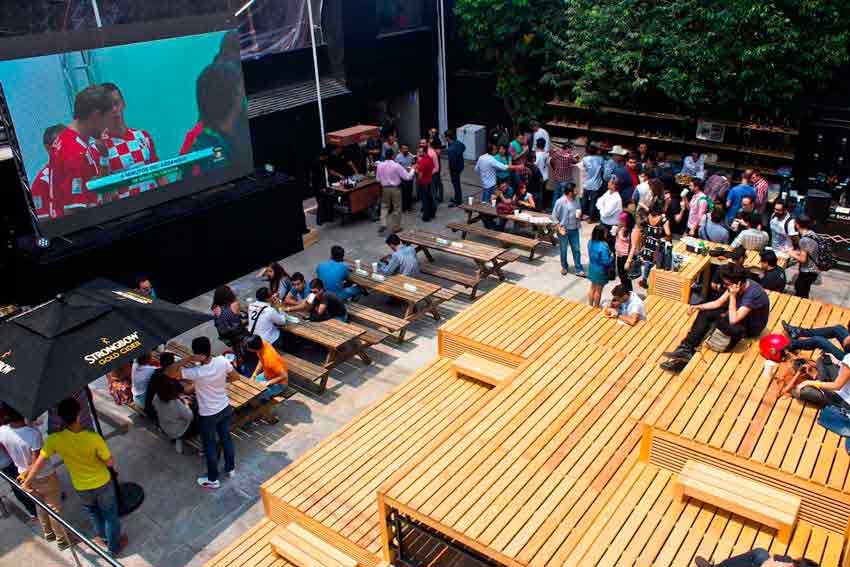
Gradas en Foro Goleiro @ Estudio Atemporal
— Approach —
We are an office that is very interested on contextualizing all of the projects that we generate. And contextualizing is not talking about the construction site or the neighborhood where it’s going to build or operate, but to some extending it’s more about the architectural typologies and the history that the place owns or has to share with us, and the social background is something very importante.
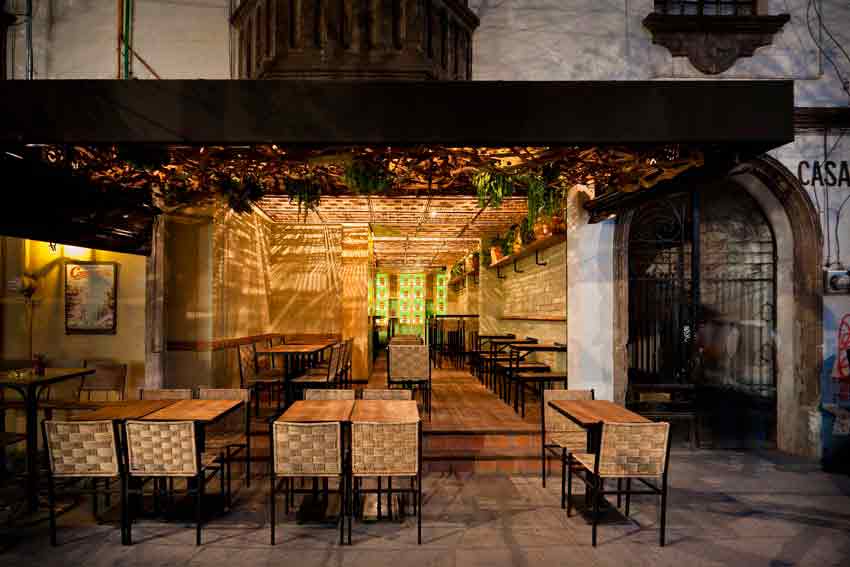
Mezcaleía La Lavandería @ LGM Studio
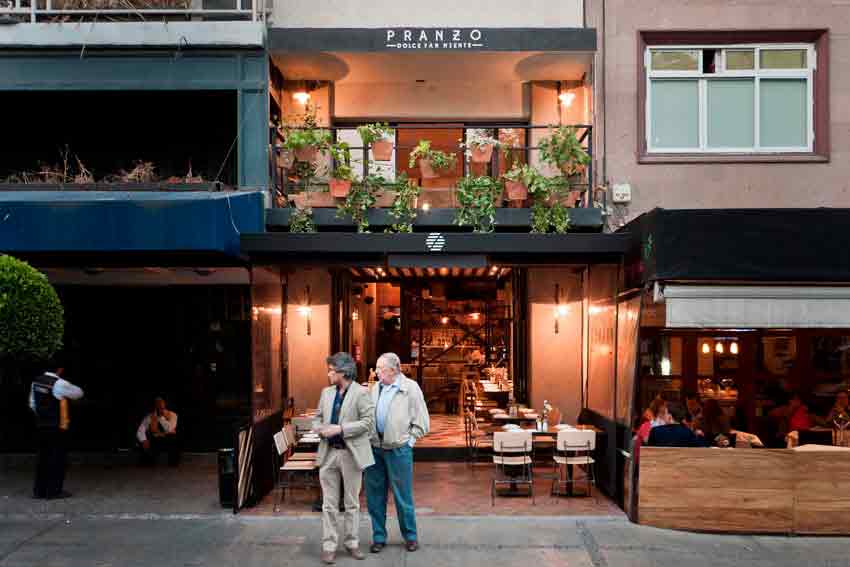
Restaurante Pranzo @ LGM Studio
For example, for the housing projects we’ve been doing, one of the most important lines to take into consideration is the construction techniques of the site. The sites where we’re doing the projects are inland, in the province in Mexico. So it’s not this big megalopolis, it’s on the beach and has it’s been having this construction techniques for thousands of years, so what we’re doing is taking this techniques and we are taking them into the project and trying to re-organize them and evaluate them in order to put them together.
So I would say that basically what we do is, we try to contextualize every topic the project touches in order to have a prototype that sets harmonically to its site, not just geographically but socially, aesthetically, taking care of everything that surrounds us.
— Mexico —
On my personal experience I’ve always thought that if you want to do architecture, or any kind of job or any kind of project, and you don’t have the access to costumers because socially you’re not well positioned, in order to have access to this kind of people that’s going to give you work, then you have to generate. So that’s what we’ve been doing in this office and that’s why this office belongs to a specific group of companies that we’ve created. Maybe 60% of the projects we’ve done are projects for ourselves, that we’ve designed, on which we had to look for the money to make them, to operate, to make them successful.
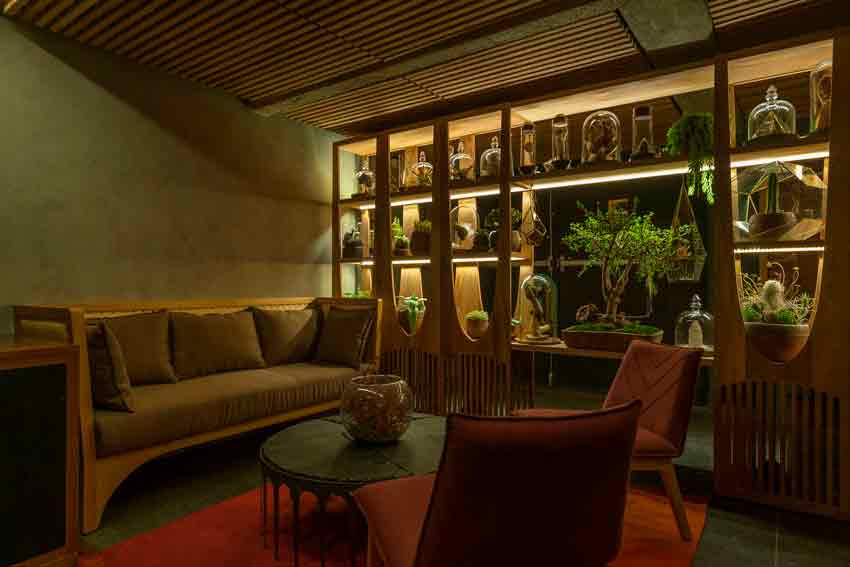
Xaman Bar @ LGM Studio
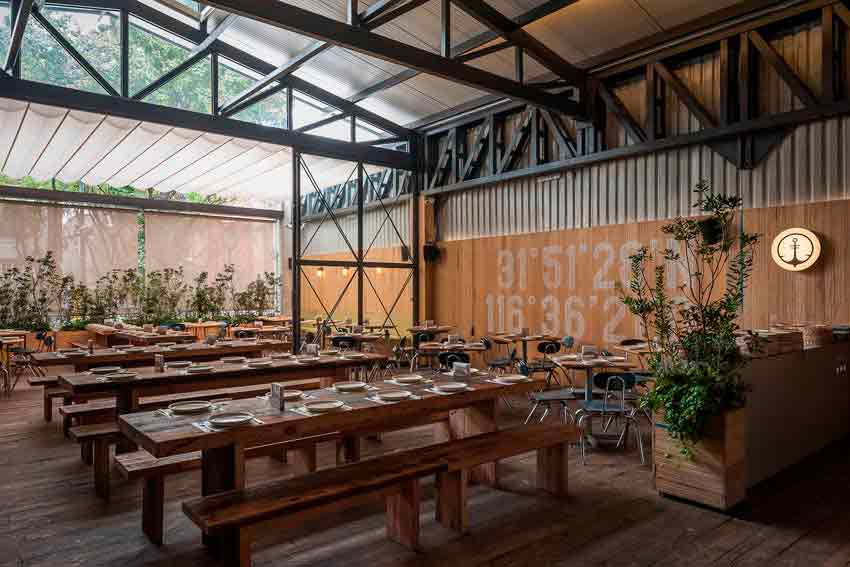
Campobaja @ LGM Studio
So, I don’t think that it’s harder to be an architect here than in other countries. I actually think that even if we’re in a political or economic crisis right now, and we’ve always had like this very important disabilities socially speaking, because our country has like many differences between one kind of people and the other, we are a rich country with a lot of resources and with a big economy.
Even if we are a country that is developing and we are not a first world country, so there’s a lot of developing, a lot of construction, a lot of architecture.
Focusing on where you want to move and how you want to do it, and if you’re not going to have the opportunities on hand, because you weren’t born in that specific social media then you have to go look for it, and I don’t know, make it yours.
I think what’s starting to happen is that millennials and people from our generation are thinking of design as design itself, as a all. They don’t need to have this little plaque that says architect, and to have this recognizement as architects. Because there is so many things so much information that happens all around us, that what we need to do is to be able to adapt, and to understand and reconsiderate, and reintegrate all of what’s happening around us, in order to be able to do projects.
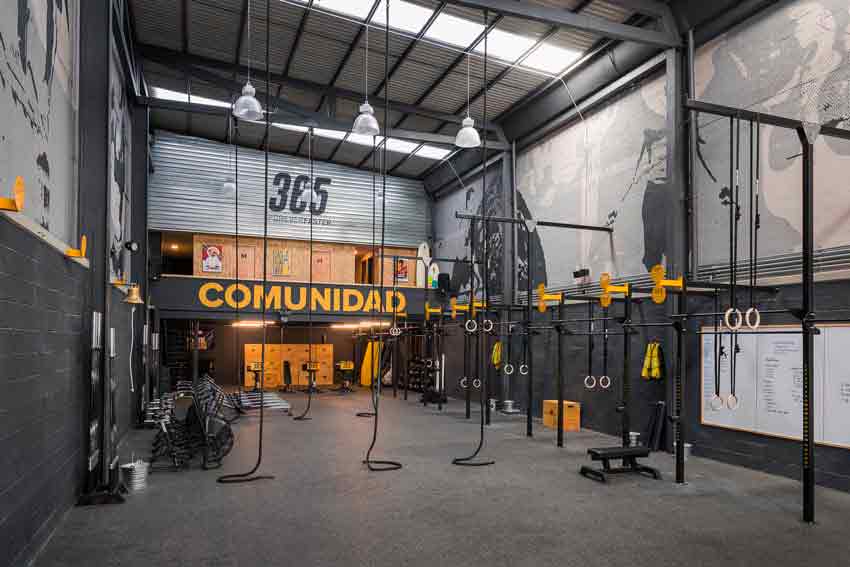
356 Crossfit @ LGM Studio
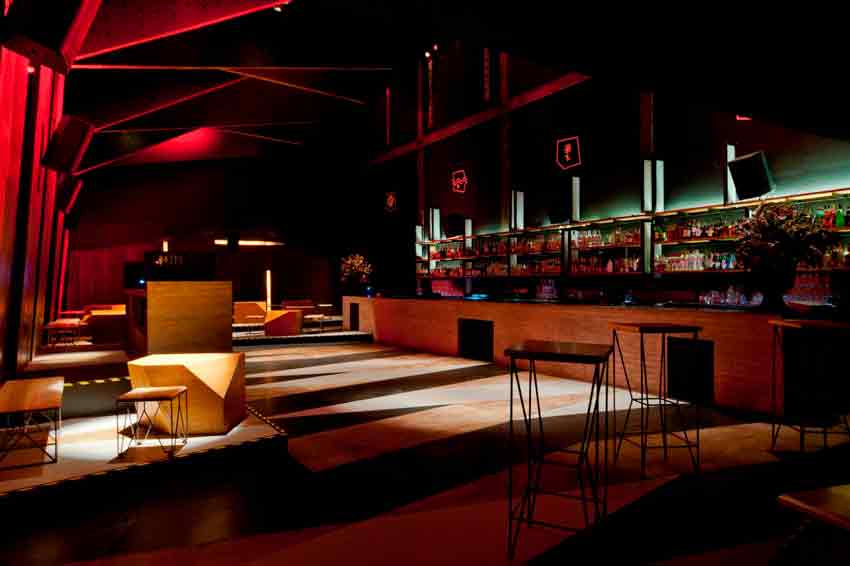
Club Nocturno Mono @ LGM Studio
— Clients —
Our relationship with the clients is very close, always. As we are a small office, usually most of the clients we have are people we know. It’s normal, it’s a very young architectural office, so it’s like acquaintances we have from before.
But independently from that, I think that what’s very important for us is that, even if we have a specific way to see architecture or realize our projects or methodology to design, we always like to be surprised on the costumers needs. Because in the end who should be fulfilled by the end of the works, of the project, is the person that is going to use it. Even if it’s going to operate it in a comercial use, for example talking about a restaurant, or if it’s going to be like a home that is going to be something very personal.
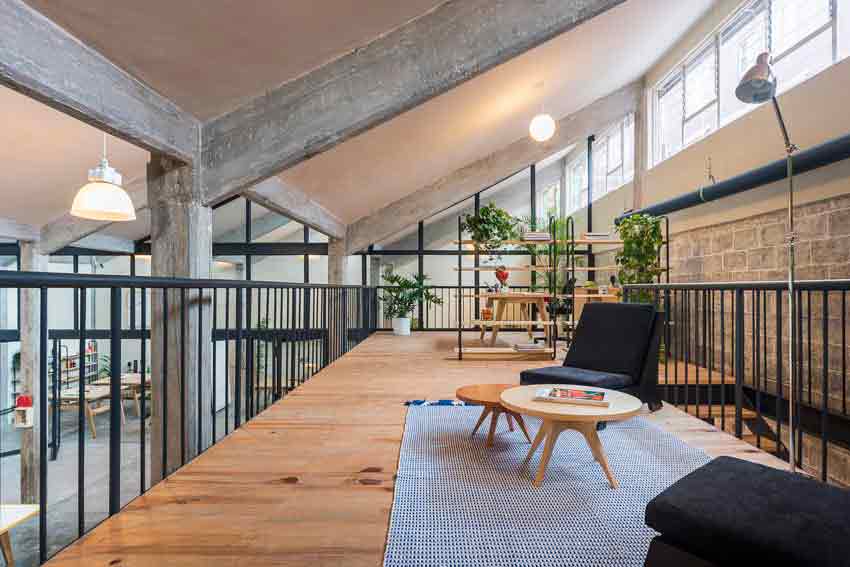
Oficinas Guateque @ LGM Studio
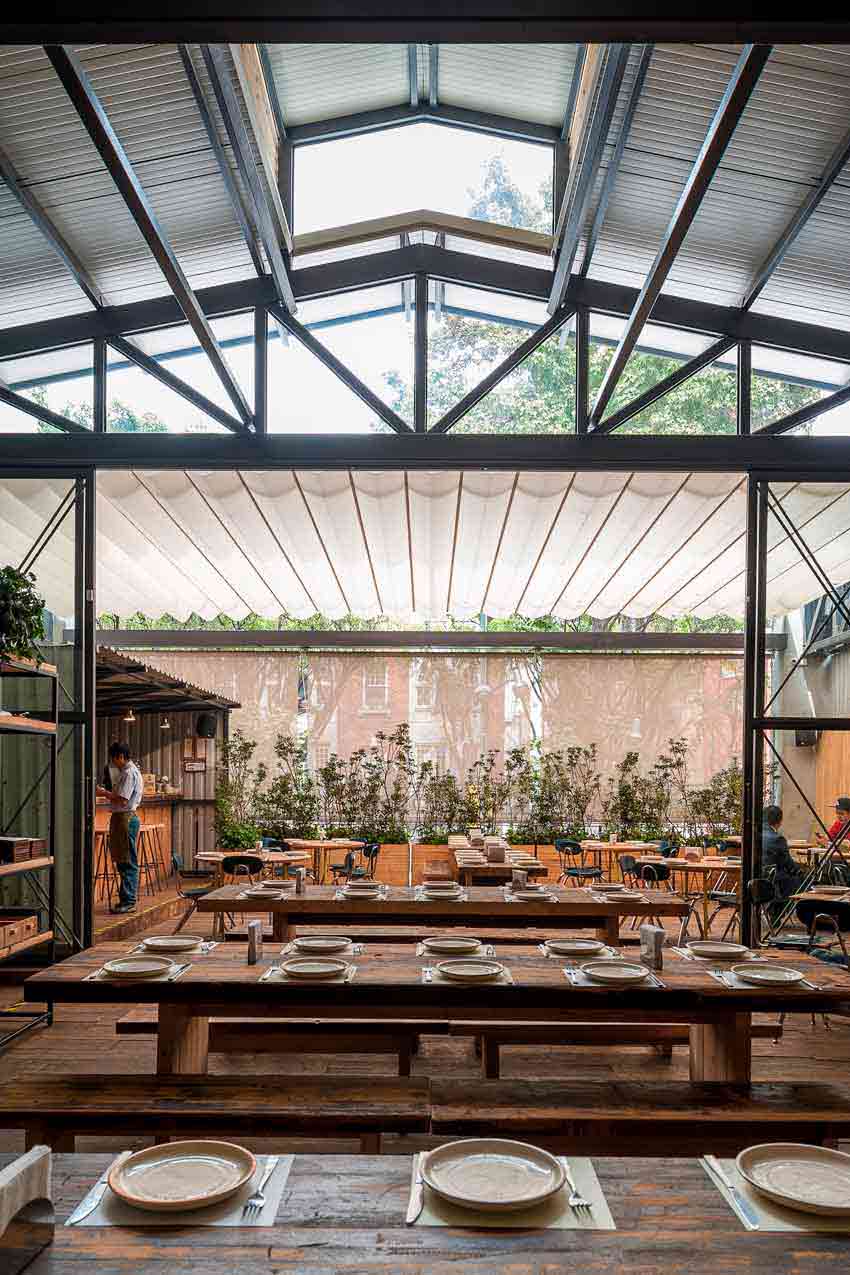
Campobaja @ LGM Studio













